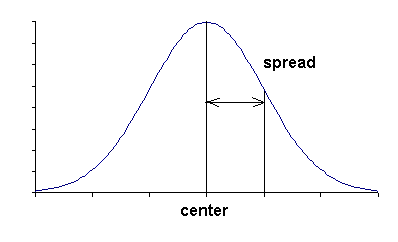
13 27 35 39 53 121 983Ans: Q2 is the middle number 39, Q1 is the median of the bottom half of the data 31, Q3 is the median of the top half of the data 43 . Recall that if n, the number of observations, is odd, that the middle number is included in both the bottom half and the top half. IQR = Q3 - Q1 = 43 - 31 = 12.
| Table (a) | Table (b) | Table (c) | ||||||||||||||||||||||||||||
|---|---|---|---|---|---|---|---|---|---|---|---|---|---|---|---|---|---|---|---|---|---|---|---|---|---|---|---|---|---|---|
|
|
|
